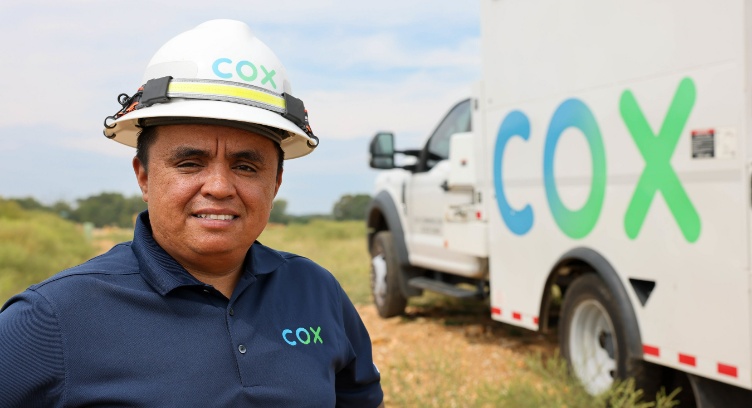Cox Communications last Thursday revealed survey results that found that 86% of consumers with recently available high-speed internet in previously underserved communities say the service has improved their lives.
Those living in rural areas and/or regions lacking high-speed internet access are often hindered in their economic growth and face challenges accessing resources, including education and healthcare.
Cox is continuing its efforts to broaden high-speed internet availability, with the aim of creating greater opportunities for economic and educational advancement through connectivity. Over the past year and a half, the company has expanded its fiber network to reach more than 50,000 households in Ariz., Fla., Kan., Neb., Okla., and Va. that were previously unserved or underserved.
The Cox Expansion Impact survey polled the company's high-speed internet customers in new market areas, previously considered unserved or underserved. Conducted in December 2023, the survey found high-speed internet stimulates economic growth in rural communities, narrows the education gap between lower- and higher-income households and encourages younger generations to remain in their communities, with greater prospects of remote learning and working.
Key findings are that new access to high-speed internet:
Improves the lives of 86% of respondents.
Encourages 70% of respondents 30 or younger to stay in their community.
Has a greater positive impact on younger than older generations, at 73% for millennials and younger and 45% for Gen X and older.
Provides 80% of respondents with better connectivity to family and friends.
Allows the majority of respondents to feel more optimistic about their economic and employment future.
Improves 62% of respondents' access to online jobs and remote work.
Increases out-of-office working capabilities for 84% of those already doing their jobs remotely.
Is twice as likely to greatly improve the education of children in lower-income families (those making less than $50K a year) than higher-income families (those making more than $50K a year).
Improves 87% of lower-income households' and 66% of higher-income households' ability to apply for colleges/vocational schools.
Making an Impact
Mark Greatrex, President, Cox Communications
Our survey shows that a high-speed internet connection brings optimism and economic prosperity to rural communities. By connecting these households, residents are empowered to learn, increase their earning potential and thrive.
Rural Community Mayor
I believe the addition of high-speed internet is going to help us attract and retain the younger generation if we can market it, and people know that it's available here,
Rural Community Leader
Our workforce and economic activities will grow significantly. We believe our people will have easier access to education, be healthier as they can now engage in telehealth, and have faster and easier access to apply for jobs and benefits.


















